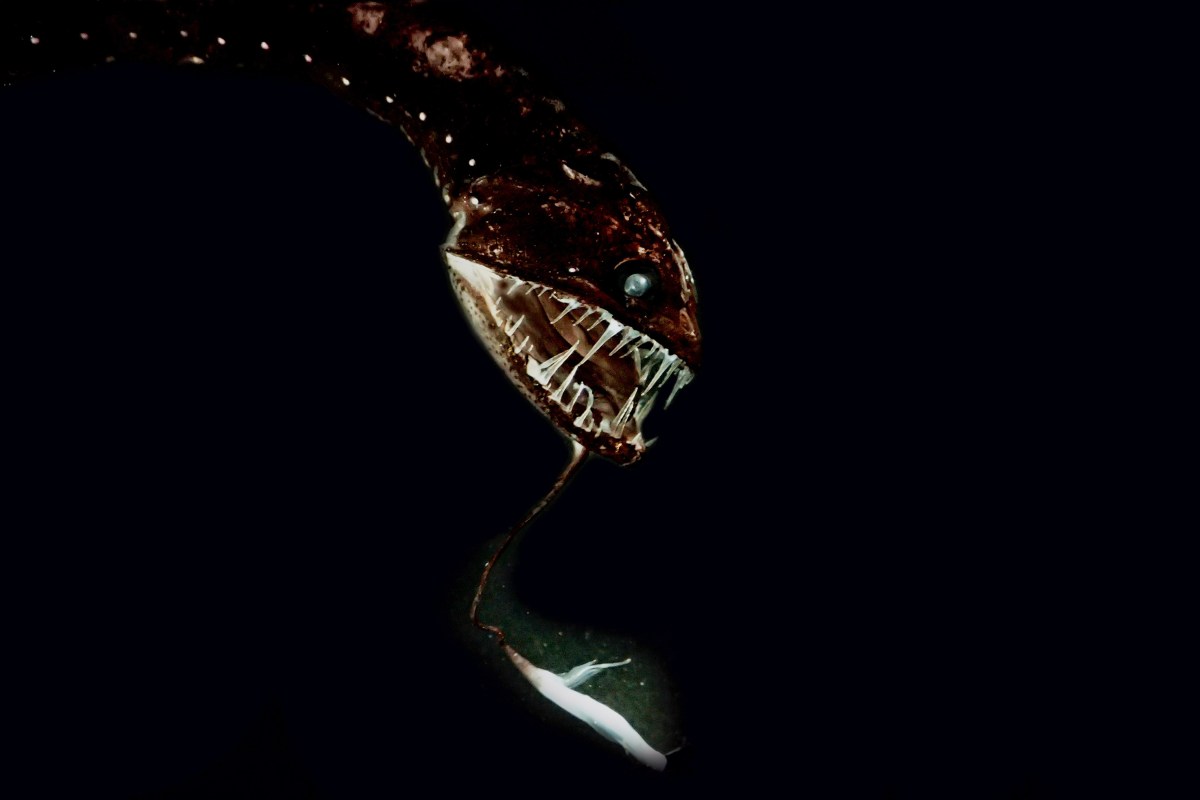The deep sea is shrouded in scientific mystery, but that is not stopping countries and corporations from trying to mine it for resources, according to National Geographic. Deep sea nodules contain everything from iron to cobalt to rare-earth minerals, and countries like Japan and Papua New Guinea as well as a subsidiary of Lockheed Martin are already exploring the possibilities of deep-sea mining.
The consequences of such mining could be vast, and are largely unknown. Mining would mean impacting life forms in the deep-sea before they’ve even been discovered or studied by humans.
Not only would mining impact the extraordinary biodiversity of the deep-sea floor, but it could also affect the way to ocean regulates climate.
“You can’t say [mining]’s enivonmentally benign,” University of Hawaii oceanographer Craig Smith told National Geographic. “Society may decide it’s an acceptable impact given the tradeoffs, but it’s not benign.”
Thanks for reading InsideHook. Sign up for our daily newsletter and be in the know.


















